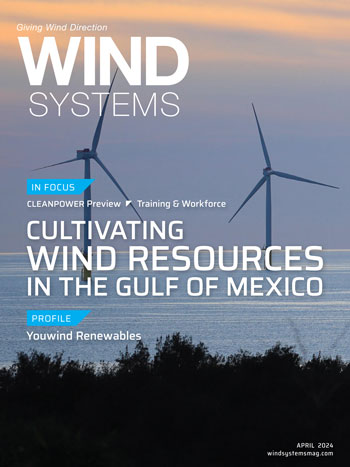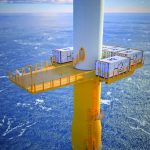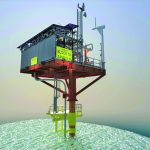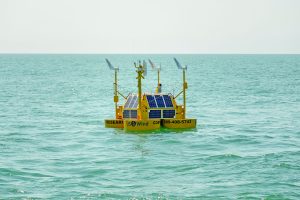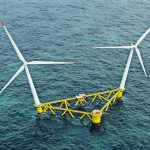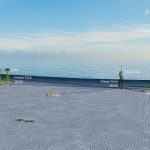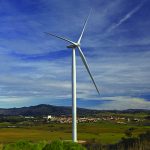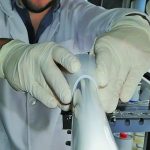Vaisala and DNV have released extensive guidelines for using scanning Lidars in a dual system configuration (DSL) for offshore wind resource assessment (WRA). The release of these guidelines helps improve dual scanning Lidar bankability and contributes to creating the International Energy Agency Task 52, recommended practice on using scanning Lidar measurements offshore.
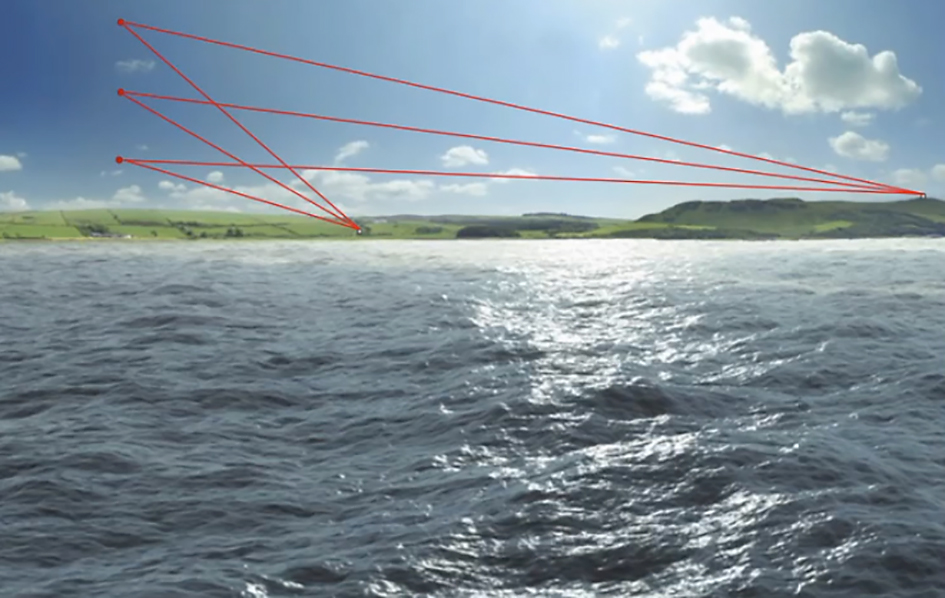
Dual scanning Lidar is increasingly replacing meteorological masts for offshore wind park developments near the shore (up to 15 kilometers), enabling offshore wind-project developers to reduce extrapolation uncertainties and gain a more comprehensive picture of the wind resource at the planning areas. A major advantage is DSL can measure the wind speed and direction at multiple offshore locations remotely from the shore.
The guidelines detail a typical campaign workflow and the individual steps to maximize reliability and minimize uncertainties before a campaign begins, facilitating decision-making and making DSL technology more accessible to stakeholders across the wind energy sector.
The collaborative document outlines the different phases of a typical DSL campaign for wind resource assessment:
- Campaign planning.
- Lidar pre-campaign verification.
- Installation and commissioning.
- Operation and monitoring of the specific measurement campaign.
- Data processing.
- Uncertainty evaluation.
- Decommissioning and post-campaign verification.
The Dual Scanning Lidar Principle section explains the math for reconstructing horizontal wind speed and direction from two line-of-sight wind speed measurements, discussing factors influencing uncertainty such as beam geometry, mode of operation, scan parameters, and environmental conditions. The document also emphasizes proper setup, alignment checks, performance monitoring, data collection, and maintenance procedures and provides proprietary methods to calculate uncertainties of intermediate and final reconstructed values.
More info www.vaisala.com



















